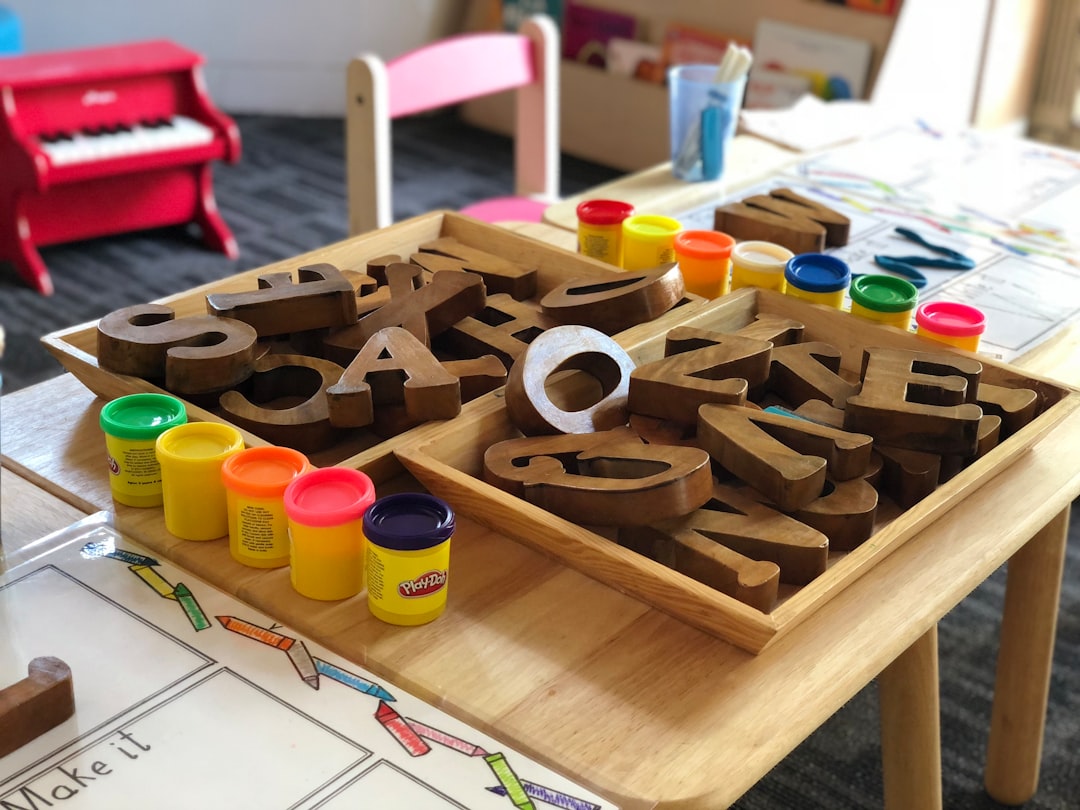Creating a safe environment in California daycare centers is paramount due to the vigilance of sex abuse law firms. Daycare facilities should prioritize children's well-being in all aspects, from play areas to staff interactions. Robust safety protocols, staff training, transparent communication with parents, and adherence to stringent state laws are essential measures to protect vulnerable young children from abuse and neglect, as enforced by sexual abuse law firms California. By integrating comprehensive strategies, daycare centers can prevent and address sexual abuse, fostering a safer environment for young minds in bustling San Jose settings.
Creating a safe environment for children in daycare is paramount in San Jose, guided by stringent legal frameworks and regulations, such as those enforced by sex abuse law firms in California. This article delves into the critical importance of safety measures, exploring legal obligations and comprehensive strategies to prevent and address potential abuse. From facility design to staff training, understanding these elements ensures the well-being of children under care, fostering a secure and nurturing atmosphere.
Understanding the Importance of Safety in Daycare Settings

Creating a safe environment for children in daycare is paramount, not just a suggestion. In California, where sex abuse law firms are ever-vigilant, ensuring child safety becomes even more critical. Daycare centers serve as second homes to young minds, making it imperative that they foster an atmosphere free from harm and potential dangers. Every aspect of the facility, from play areas to staff interactions, should be meticulously designed with children’s well-being at the forefront.
The consequences of neglecting safety in daycare can be severe, especially considering the vulnerable nature of young children. Sex abuse law firms in California consistently highlight cases where inadequate supervision or unsafe environments have led to traumatic experiences for children. By implementing robust safety protocols, regular training for staff, and transparent communication with parents, daycare centers can significantly reduce these risks and provide a secure space for children to learn, play, and grow.
Legal Frameworks and Regulations for Child Protection in California

In California, the protection of children in daycare settings is governed by a robust legal framework designed to prevent and address any form of child abuse or neglect. The state has stringent regulations that all licensed daycares must adhere to, ensuring a safe environment for the young ones under their care. These laws cover various aspects, including licensing requirements, staff-to-child ratios, background checks for employees, and protocols for reporting suspected abuse.
The Sexual Abuse Law Firms California has in place also play a crucial role in safeguarding children. The state’s legal system offers robust protections for victims of sexual abuse, with strict guidelines for investigating and prosecuting perpetrators. These laws not only ensure justice for affected individuals but also contribute to creating an environment where adults in positions of trust are held accountable for their actions.
Implementing Comprehensive Strategies to Prevent and Address Abuse

Creating a safe environment for children in daycare involves proactive measures and comprehensive strategies to prevent and address any form of abuse, particularly sexual abuse. San Jose, being a bustling metropolis, demands vigilance and adherence to stringent protocols to safeguard young minds. Daycare centers must be equipped with robust policies that align with California’s strict sex abuse law firms, ensuring regular training for staff on identifying potential red flags and responding promptly.
These strategies encompass enhancing supervision, implementing secure entry and exit procedures, and fostering an open communication culture between children, parents, and caregivers. By integrating age-appropriate education about personal boundaries and safety, daycares can empower children to recognize and report any suspicious behavior. Moreover, maintaining transparent records and encouraging parent involvement strengthens the overall protective framework.





